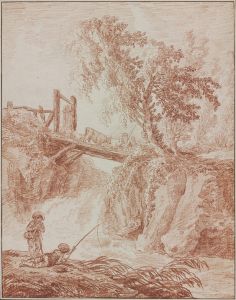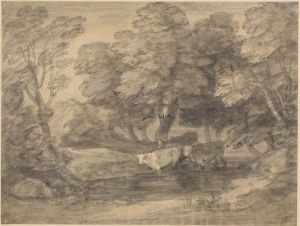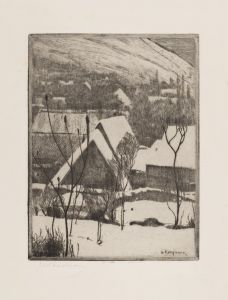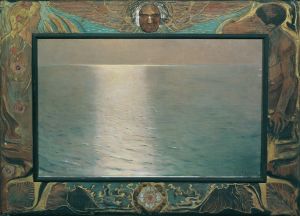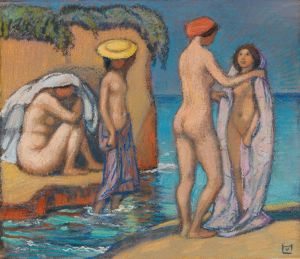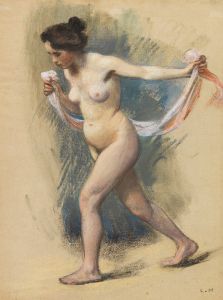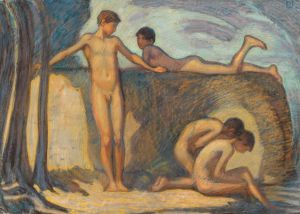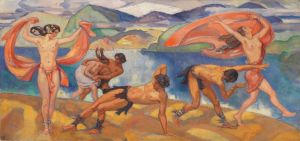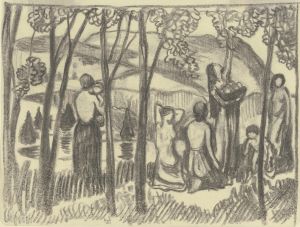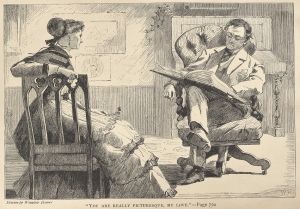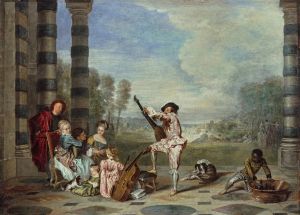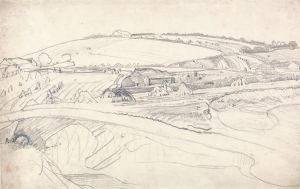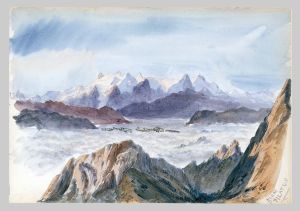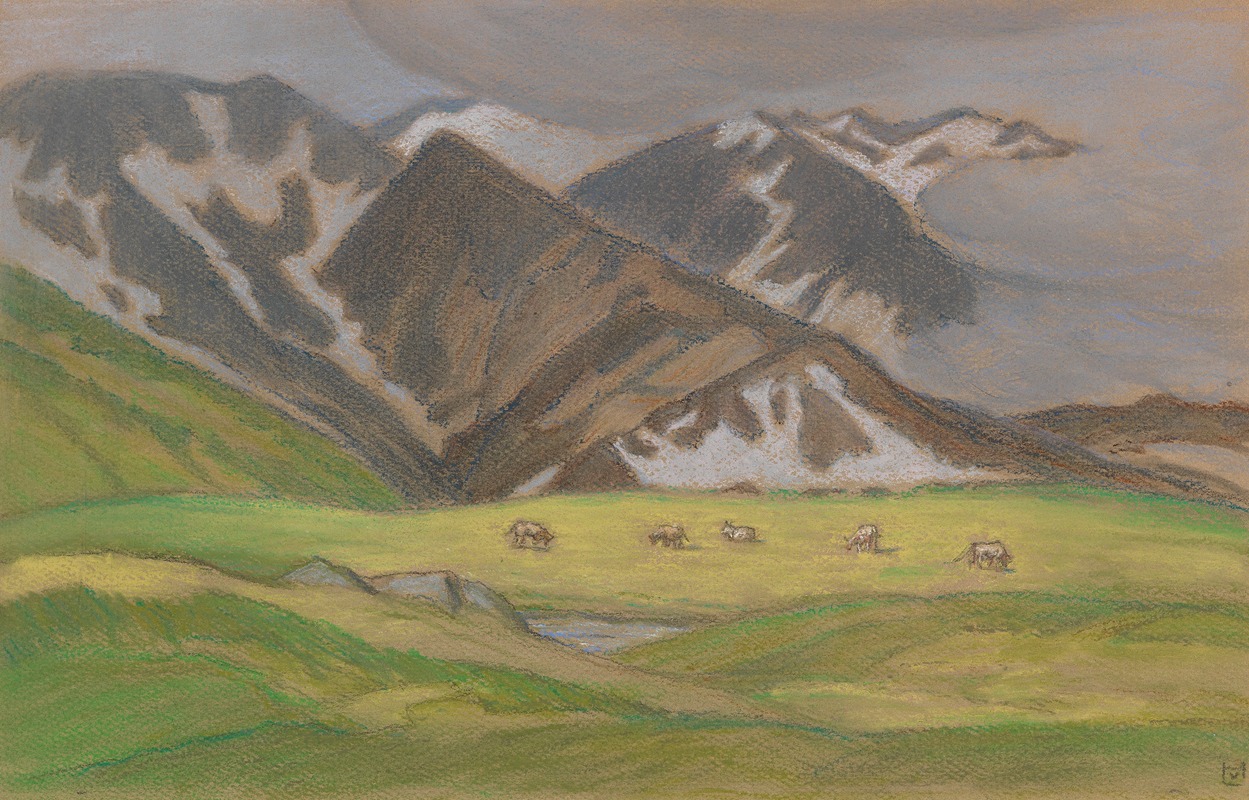
Schweizer Alpenlandschaft mit weidenden Kühen
A hand-painted replica of Ludwig von Hofmann’s masterpiece Schweizer Alpenlandschaft mit weidenden Kühen, meticulously crafted by professional artists to capture the true essence of the original. Each piece is created with museum-quality canvas and rare mineral pigments, carefully painted by experienced artists with delicate brushstrokes and rich, layered colors to perfectly recreate the texture of the original artwork. Unlike machine-printed reproductions, this hand-painted version brings the painting to life, infused with the artist’s emotions and skill in every stroke. Whether for personal collection or home decoration, it instantly elevates the artistic atmosphere of any space.
Ludwig von Hofmann (1861–1945) was a prominent German painter and graphic artist associated with the Jugendstil movement, which is the German counterpart to Art Nouveau. His works often depicted idyllic landscapes, mythological themes, and harmonious scenes that reflect a synthesis of nature and the human spirit. One of his notable works is "Schweizer Alpenlandschaft mit weidenden Kühen," which translates to "Swiss Alpine Landscape with Grazing Cows."
This painting exemplifies Hofmann's skill in capturing the serene beauty of natural landscapes. The artwork portrays a tranquil scene in the Swiss Alps, characterized by its lush greenery and the majestic backdrop of the mountains. The presence of grazing cows adds a pastoral element to the composition, emphasizing the peaceful coexistence of nature and agriculture. Hofmann's use of color and light in this painting is particularly noteworthy, as he employs a palette that enhances the natural beauty of the alpine setting. The soft, diffused light suggests a time of day when the sun is either rising or setting, casting a gentle glow over the landscape.
Hofmann's technique in this painting reflects his academic training and his exposure to various artistic movements. He studied at the Weimar Saxon-Grand Ducal Art School and later at the Académie Julian in Paris, where he was influenced by the Symbolists and the emerging Art Nouveau style. His work often incorporated elements of symbolism, focusing on themes of harmony and the idealization of nature. In "Schweizer Alpenlandschaft mit weidenden Kühen," these influences are evident in the way he idealizes the landscape, creating a scene that is both realistic and imbued with a sense of tranquility and timelessness.
The painting is also a testament to Hofmann's ability to blend different artistic styles. While rooted in the naturalistic tradition, his work often includes decorative elements characteristic of Jugendstil. This is seen in the rhythmic arrangement of the landscape and the stylized depiction of natural forms, which contribute to the overall aesthetic harmony of the piece.
Throughout his career, Hofmann's work was well-received, and he became a significant figure in the German art scene. He was a member of the Berlin Secession, a group of artists who sought to break away from traditional academic art and embrace more modern approaches. His contributions to art were recognized with numerous exhibitions, and his works were collected by various art institutions.
"Schweizer Alpenlandschaft mit weidenden Kühen" is a fine example of Hofmann's artistic philosophy, which sought to capture the beauty and essence of nature while infusing it with a sense of idealism and serenity. The painting continues to be appreciated for its aesthetic qualities and its representation of the harmonious relationship between humans and the natural world.





